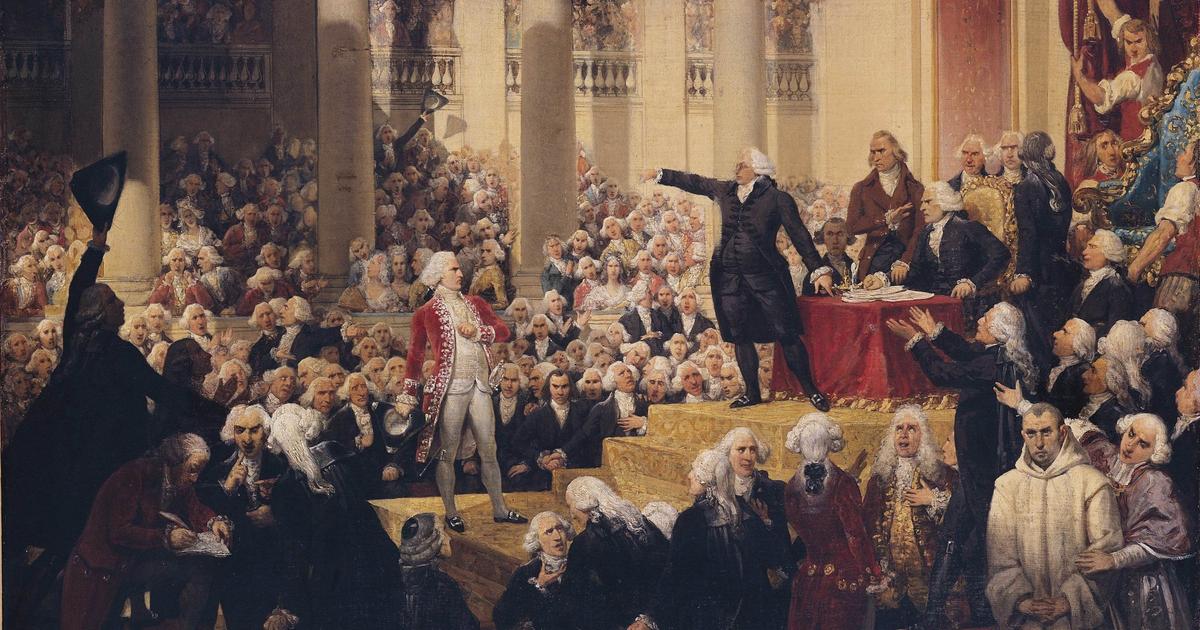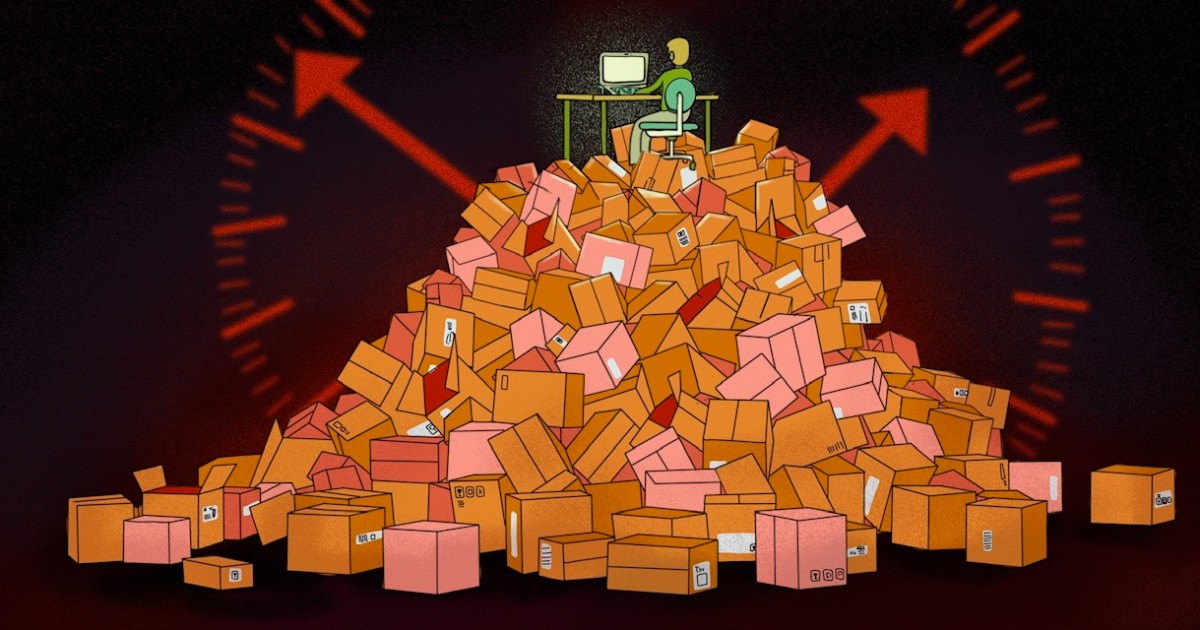In 2015, when Shangqiu, a central Chinese municipality the size of Kentucky, mapped out a plan for the next two decades, it positioned itself as a transportation hub with an extensive network of railways, highways, and waterways.
By the end of 2020, Shangqiu had built 183 kilometers of high-speed railway, and currently several national railways stop in the city.
A high-speed train component factory in Shanghai.
Photo Aly Song/Reuters
By 2025, Shangqiu expects the coverage of its expressway network to have increased by 87%.
The city is building its first two airports, three new expressways and enough parking space for an additional 20,000 spaces.
The splurge on infrastructure is far from over.
On February 23, Shangqiu's Communist Party secretary reiterated the city's vision as a logistics powerhouse by entering into a new partnership with a state investment company, which could help Shangqiu borrow money for even more
projects
.
That morning, the city's bus operator announced that it would have to suspend its services due to financial difficulties.
The pandemic had hit it hard, the company said, and the Shangqiu government had failed to provide the subsidies it had promised.
As a result, the company
had not paid its employees for months
and could not even afford to charge its electric buses.
Within hours of publishing its ad, the company removed it, after it made national headlines and the Shangqiu government intervened.
China is full of Shangqiu.
As part of the ruling Communist Party's push to boost economic growth this year, local governments, already in debt from borrowing to pay for massive infrastructure, are taking on additional debt.
They are building more roads, railways and industrial parks even though the economic benefits of this activity are dwindling.
In their struggle to find the money to finance their new projects, and the interest payments on the old ones, cities are
cutting
public services and benefits.
Shangqiu is one of more than 20 cities in China where bus services have been disrupted or threatened because local governments have failed to provide the necessary funds for operation.
Wuhan and other cities cut health insurance.
Others cut the salary of officials.
Many local governments in Hebei province, which borders Beijing, failed to pay natural gas heating subsidies during the winter, leaving residents shivering during an unprecedented cold snap.
For nearly three decades, China's local governments have been the envy of the world.
They seemed to have
unlimited resources
to build airports, highways, and industrial parks, many of which were financed by land sales.
Now, many of them find themselves in a disastrous fiscal situation.
post pandemic
In their determined "zero COVID" policy, local governments have exhausted their coffers to comply with strict control, quarantine and lockdown regulations.
Businesses in difficulty pay less tax.
Property developers are reluctant to buy land after government crackdowns.
"Governments don't have money to spend on basic services if land sales don't pick up sharply," says Victor Shih, an associate professor of political science at the University of California, San Diego.
"Local governments, especially in third and fourth tier cities, will continue to struggle to meet many of their budget obligations."
According to official data, China's 31 provincial governments owed about $5.1 trillion by the end of 2022, an increase of 66% from three years earlier.
A report from the International Monetary Fund puts the figure at $9.5 trillion, equivalent
to half the country's economy
.
But from the enthusiasm with which cities have embraced investment - the old Chinese playbook for economic growth - it is hard to deduce that they are deeply in debt.
The state media are full of news about new projects.
Guangdong, China's largest province by economic output, announced it would invest $1.2 trillion in 1,530 projects by 2023.
Henan, the province that includes Shangqiu, said it would spend $261 billion on 2,500 projects.
The problem is that these governments
do not have the money.
In China, where the government owns virtually all the land, the main source of income for many towns has come from renting or selling properties to property developers for years.
But revenue from land sales fell by more than a fifth last year, according to the Finance Ministry.
All 31 Chinese provincial governments posted deficits due to "zero-COVID."
Two-thirds of local government entities borrowing money passed
Beijing's unofficial
borrowing thresholds , with their outstanding debt exceeding 120% of their revenues in December, according to S&P Global.
In Shangqiu, the government did not specify how it would finance its 701 projects by 2023.
He did say that last year his land sales revenue was half of what the city had set out to do, and that he had spent $1 billion on debt service.
In other words:
Shangqiu used more than a third of its tax revenue to pay interest on its debt.
This year, the authorities are confident of a large increase in land sales and some growth in tax revenue.
But Shangqiu does not plan to spend the money on public services.
Instead, the city plans to cut spending on education, healthcare, job protection, transportation and many other public services, according to budget documents on its website.
"We must protect and improve the livelihoods of citizens based on our economic growth and financial health," the documents say.
China is full of wasteful infrastructure that the government likes to brag about, but it doesn't serve the
most pressing needs
of its citizens.
The Chinese government likes to say that the country has the longest and fastest high-speed railways in the world.
But except for a couple of lines connecting the megacities of Beijing, Shanghai, Guangzhou and Shenzhen, most are running below capacity and at heavy losses.
About 80% of China's high-speed railways built in the past decade were built in
remote and poor regions
, the China State Railway Group said last year.
Zhao Jian, a professor at Beijing Jiaotong University, warned in an article that high-speed railways could become the "gray rhino" that would crush the Chinese economy, because many local governments had borrowed heavily to build them.
But most of those railways move people, not goods.
So they would only make sense in densely populated areas where people are willing to
pay more for speed.
Local leaders are interested in infrastructure projects because their economic benefits, although minimal, are immediate:
people get construction jobs and companies get construction contracts.
This short-term approach dominates the Chinese political system, where cadres fan out to race toward the goal set by their leader regardless of the financial or human cost.
The Shangqiu government boasts that there are about 14 square meters of green space for each of the 2.3 million residents in the city's central municipal area.
One of Shangqiu's biggest infrastructure projects this year is a wetland park.
After building many highways to nowhere, local governments have spent heavily on urban beautification projects in recent years.
It's nice to have green spaces for everyone.
But, like most inland Chinese cities, Shangqiu is not rich.
His college graduates complain on social media that it's hard to find a job that pays more than
$300 a month
.
His basic pension provides his elders with $17.80 a month, after an increase of $1.50 this year.
Many Chinese who are at least 60 years old live on pensions like this.
According to official data, in 2021, 54,000 million dollars in basic pensions were distributed to more than 162 million people, about 28 dollars per month on average per person.
Residents would probably prefer the government to spend on unemployment protection, bus service, and welfare rather than high-speed rail and green space.
Shangqiu is far from being an exception.
In February, a resident of Pucheng, in the northwestern province of Shaanxi, complained on the local government's online message board that there was no bus service between the center and the railway station.
"This is the most basic public service," wrote the resident, who signed under the name Li Hongbo.
"I feel that people's livelihood has deteriorated. I hope the leadership will pay attention to it."
c.2023 The New York Times Company
look too
In China marriages fall and bride prices rise
Enemy or possible ally?
Europe debates its relationship with China against the background of the war in Ukraine




/cloudfront-eu-central-1.images.arcpublishing.com/prisa/ZDBP4CG6MNDWLDXW6EYIYECTLY.jpg)






/cloudfront-eu-central-1.images.arcpublishing.com/prisa/KMEYMJKESBAZBE4MRBAM4TGHIQ.jpg)


